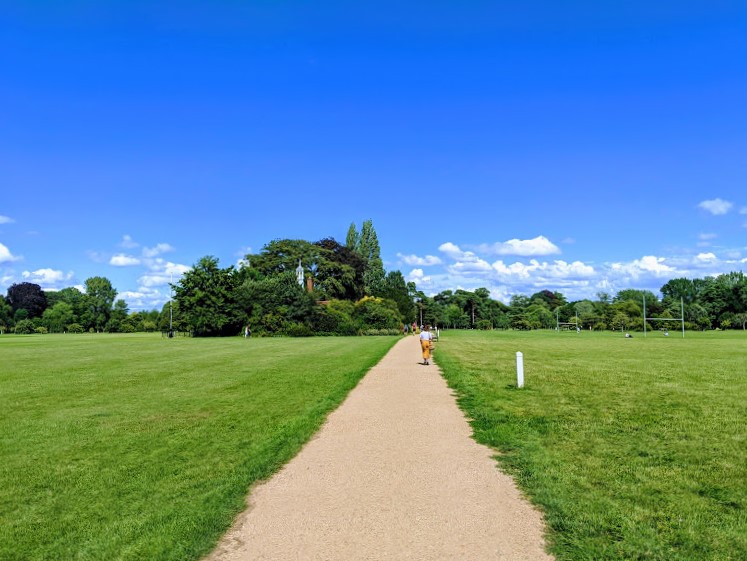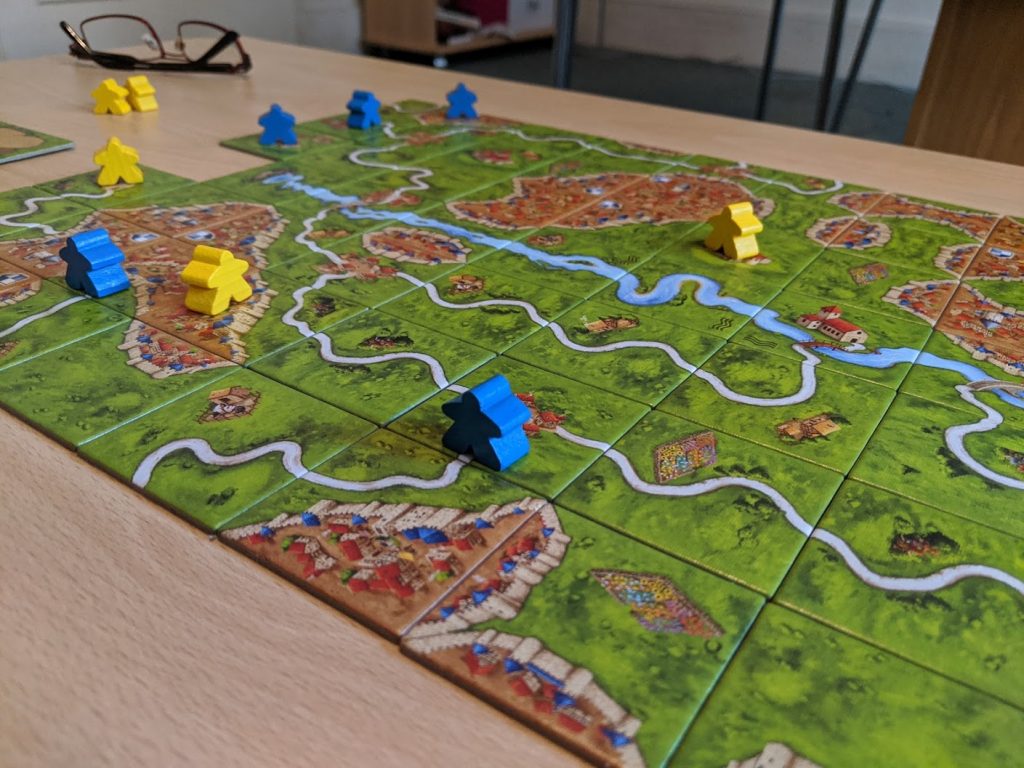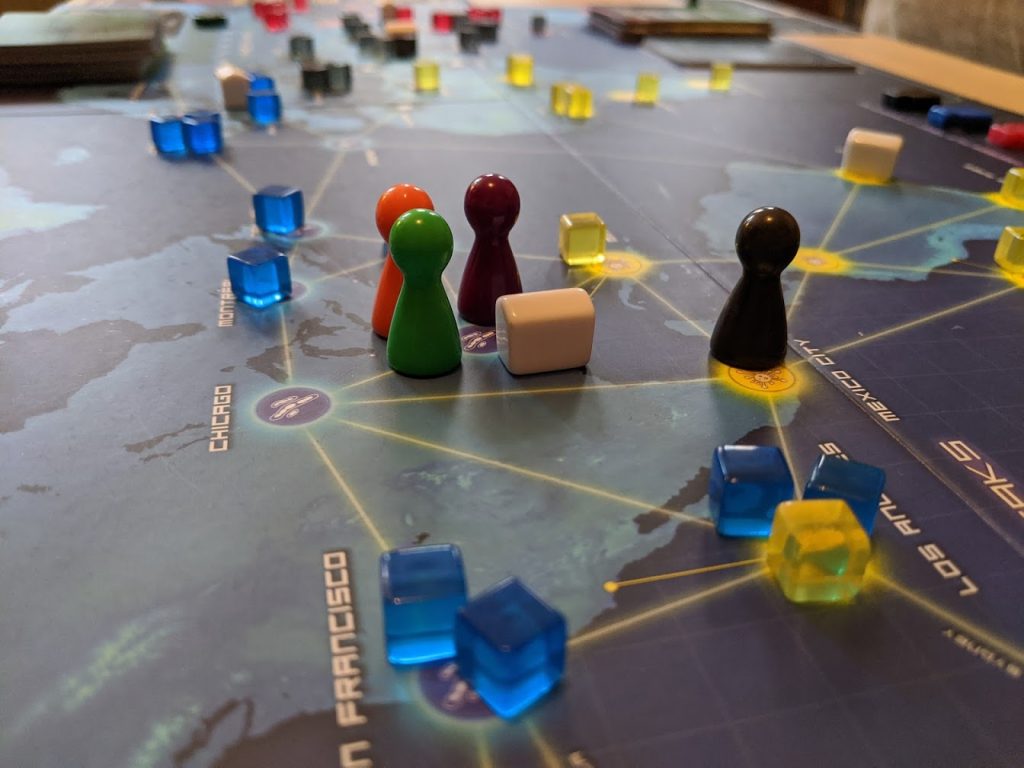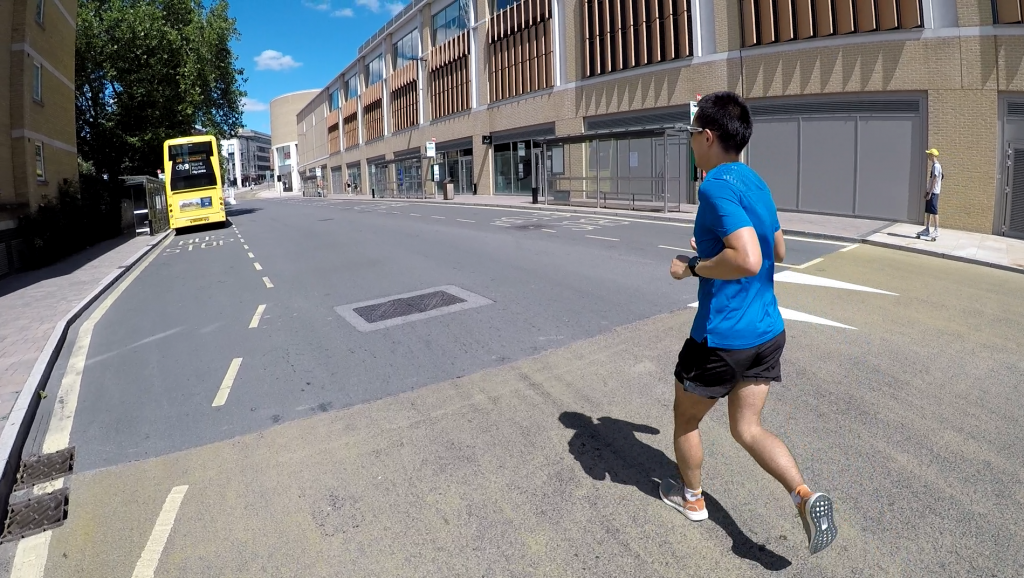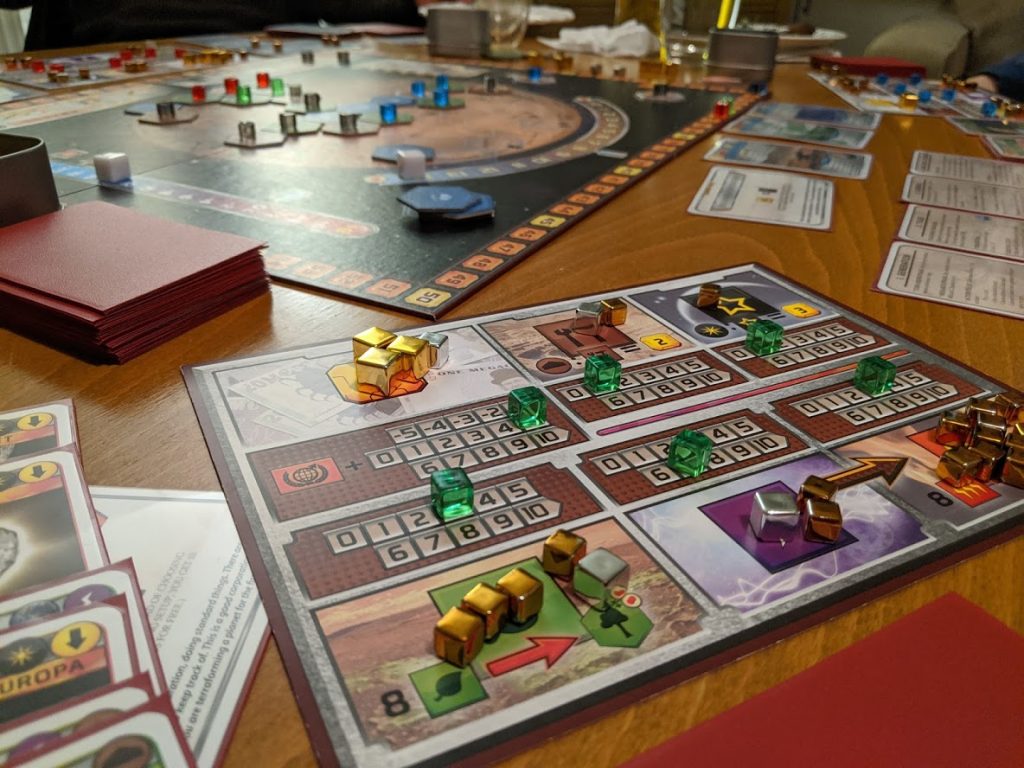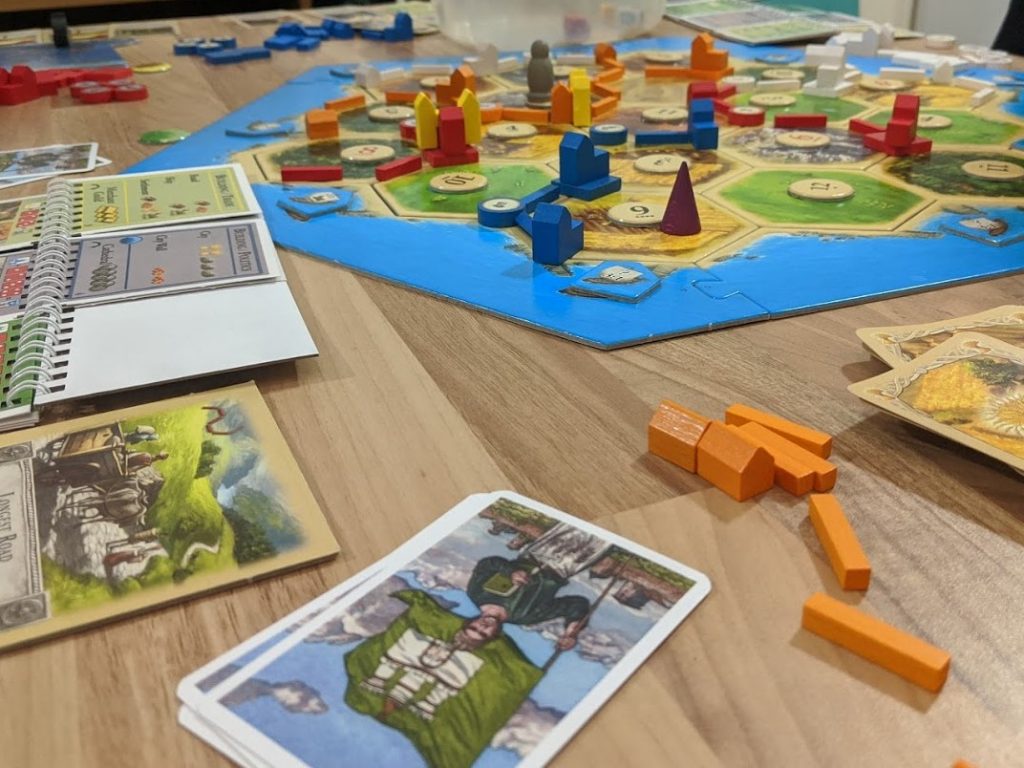I’m thankful that my physical and mental health are good. Time spent around writing leads me to explore interesting ideas, but the actual output (this post) is relatively unsatisfying. Maintaining the habit of posting weekly feels important though, so as usual, some partially refined ideas:
Taking Ownership
I was reminded to take ownership of certain projects this week. It is advice I am primed to hear, but even having accepted it, the actions needed are not trivial. It requires overcoming ego, as Jocko describes in an early chapter of Extreme Ownership. The idea, also presented in the quote below, implies a certain arrogance, but I feel it can be accomplished with humility.
“There is only one means of salvation, then take yourself and make yourself responsible for all men’s sins, that is the truth, you know, friends, for as soon as you sincerely make yourself responsible for everything and for all men, you will see at once that it is really so, and that you are to blame for every one and for all things.”
The Brothers Karamazov by Fyodor Dostoyevsky
On the topic of ego; this heartwarming 51 second video from Clay Tall Stories also points out how ego can be dangerous. I hope that content like this can defeat the stigma of talking about mental health that exists in so many parts of the world.
Thoughts Better Expressed as Charts
A joy of studying and thinking mathematically is that functions (easily visualised as plots or charts) express relationships. By identifying functions that approximate (model) real world experiences, an optimal outcome can be predicted. I describe two examples that came up this week.
Discontinuity: Sudden Drop Offs

One of the most familiar relationships is the straight line, linearity. If we travel at a fixed speed (e.g. our walking speed) going twice as far takes twice as long, and three times as far takes us three times as long. If we are moving bricks, the more time we spend moving them the more bricks we shift. Sometimes though, there is a discontinuity, a sudden change in output.
Examples (Be wary of the discontinuities in life):
1. If we consider the example of moving bricks, the more bricks we carry per trip, the faster we move them, until the load becomes too heavy to move and we are stuck.
2. I can read so many articles per day, but after a certain point I no longer am able to remember what I am reading.
3. I can physically train so many hours, but after a certain point over-training leads to injury and I would have been better not doing any at all.
Linear Expectations Meet Logarithmic Reality

Because linearity is common and familiar, it can become an expectation, but in fact often each additional amount of effort or cost spent may offer less and less. Notably in the plot above, if linearity is the expectation, and the actual relationship is logarithmic, the difference (expectation – reality = disappointment) increases approximately linearly.
Example:
The first book I read on a topic gives me a lot of information, but each additional book has more and more overlap with content I have already consumed. This means that even though the trend is to know an area of knowledge better, I learn less and less with each subsequent hour spent reading. If I expect to continue learning as rapidly as in those initial hours, days, or months as in the subsequent ones, I will be disappointed.
Predictions on Remote Working in 2001 from 1976
I am trying to better apply hypothesis testing to my own life, so it is amusing to see the predictions made 44 years ago around remote work and computing knowing how there has been a rapid acceleration in 2020 due to the pandemic.





